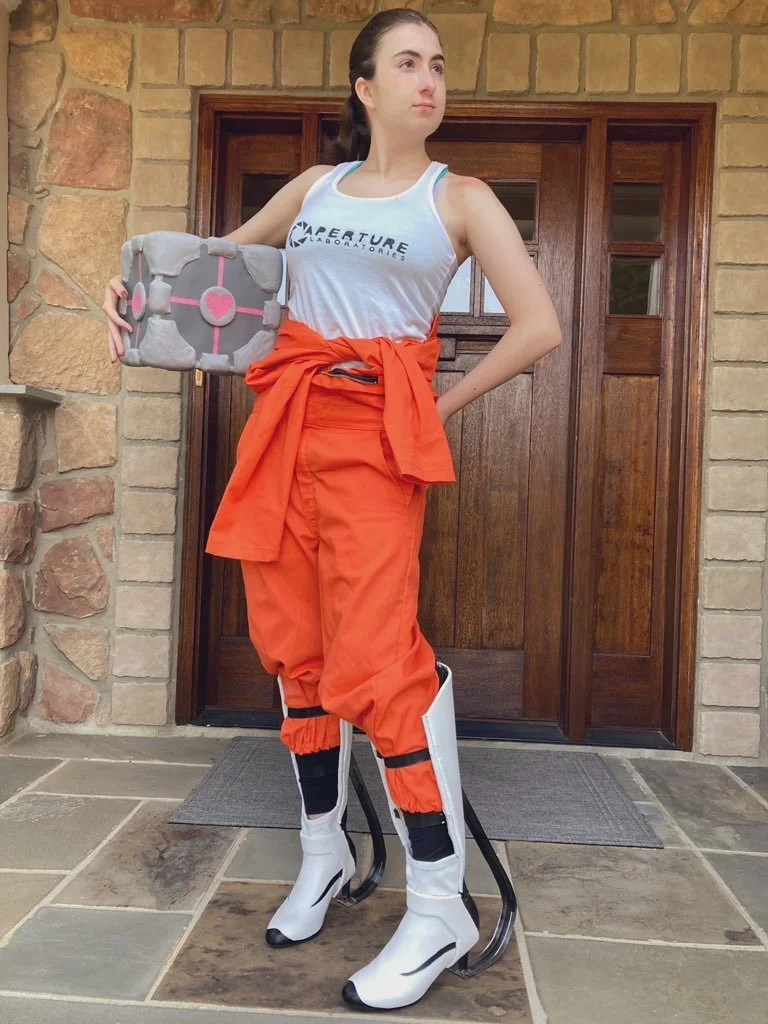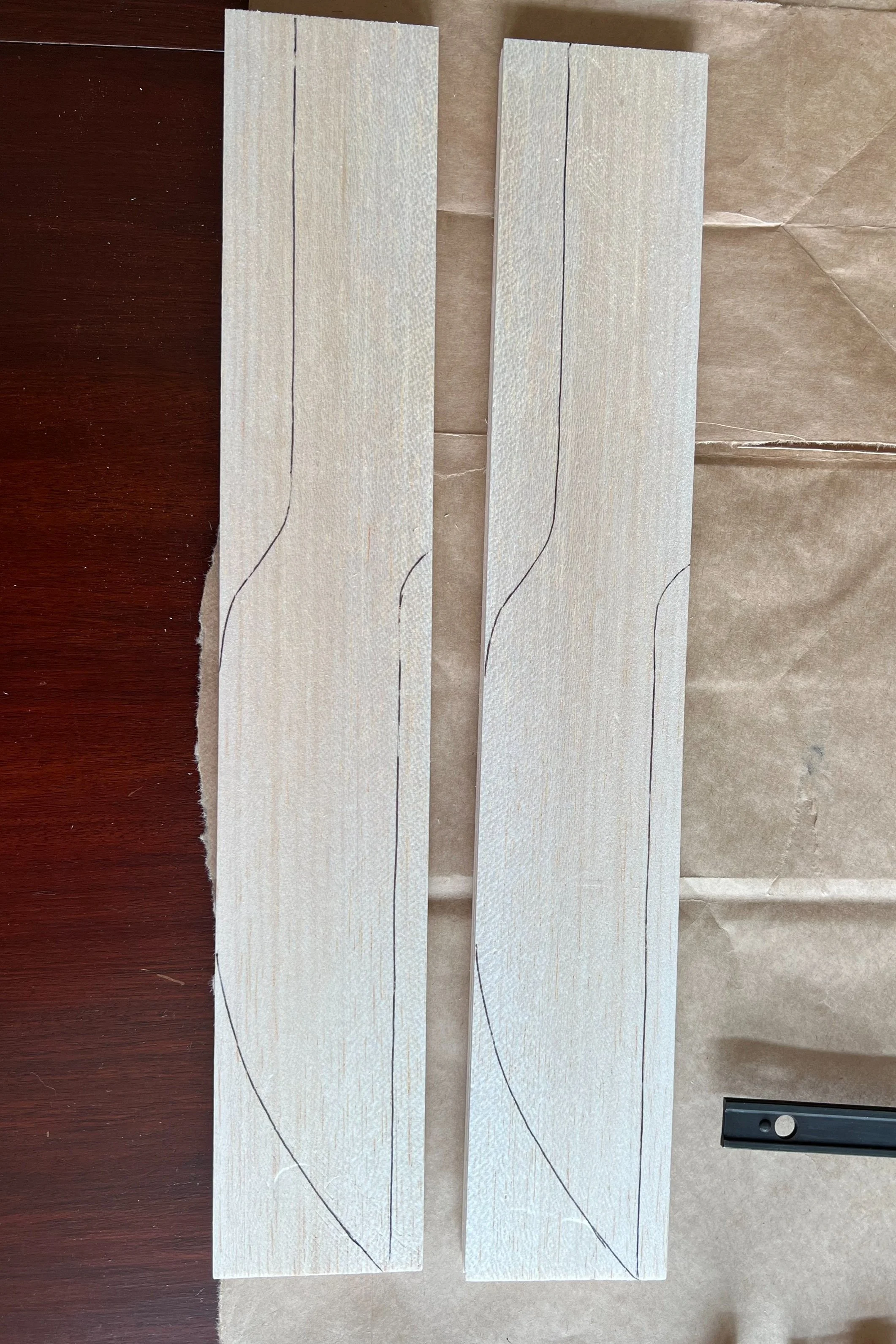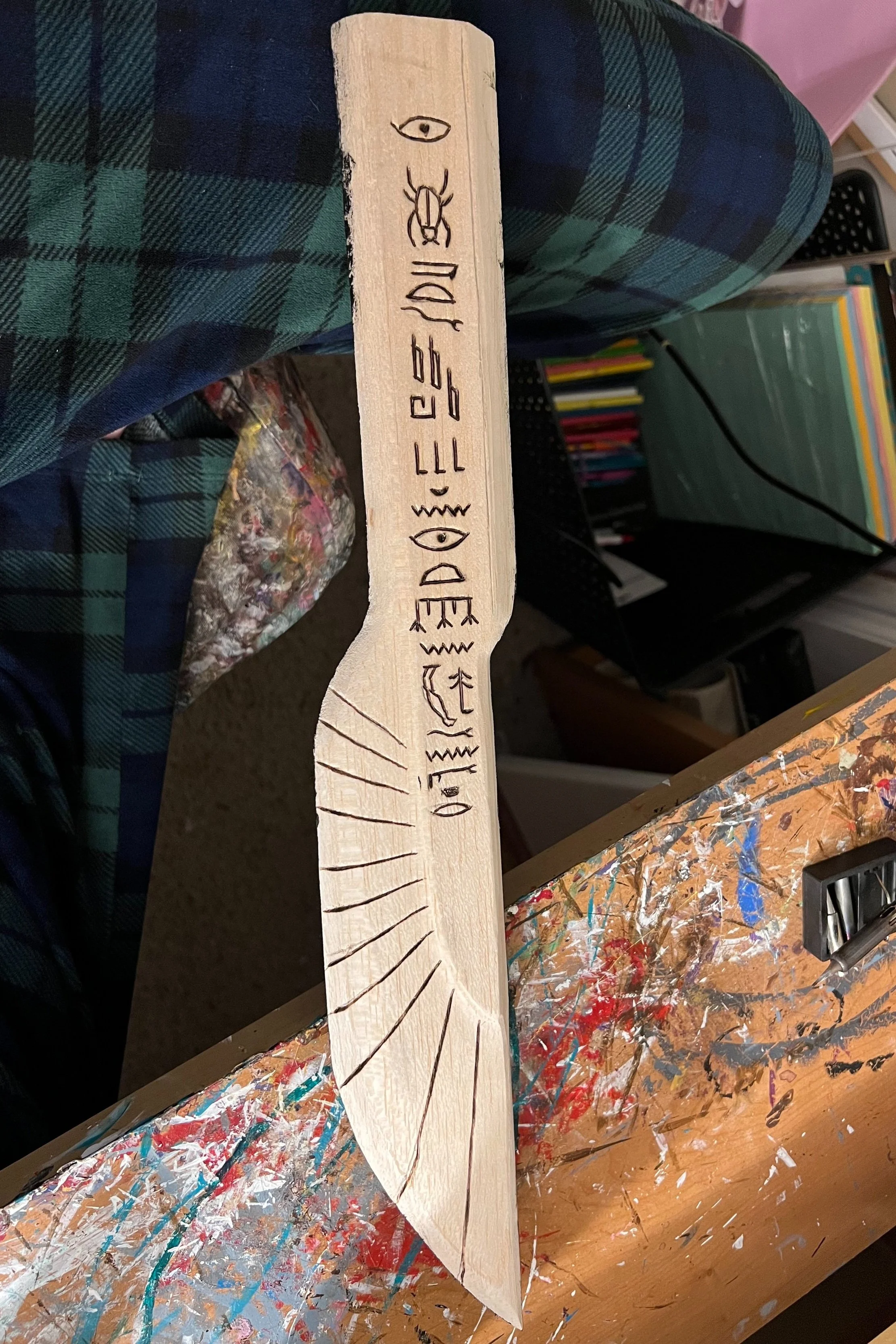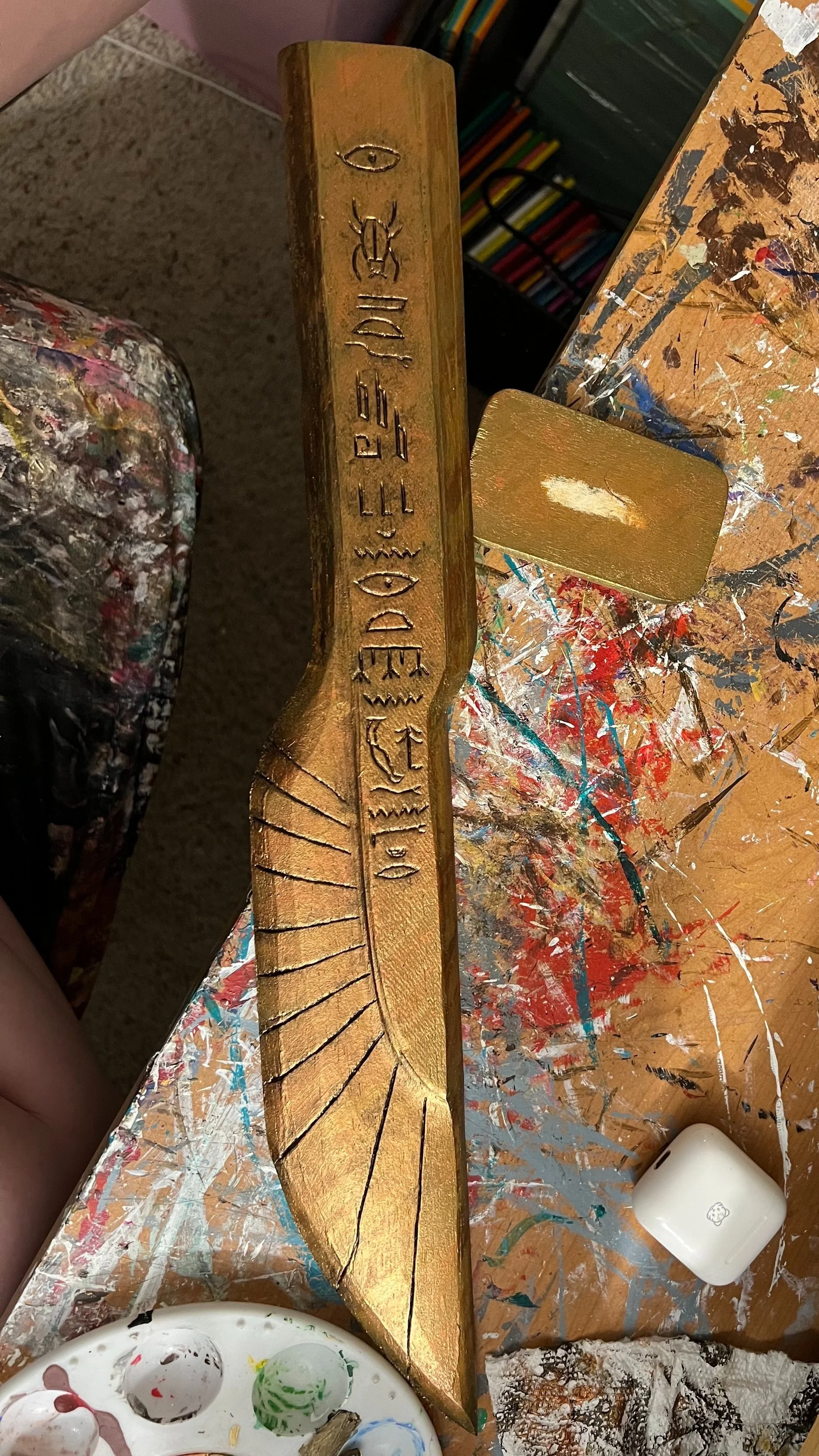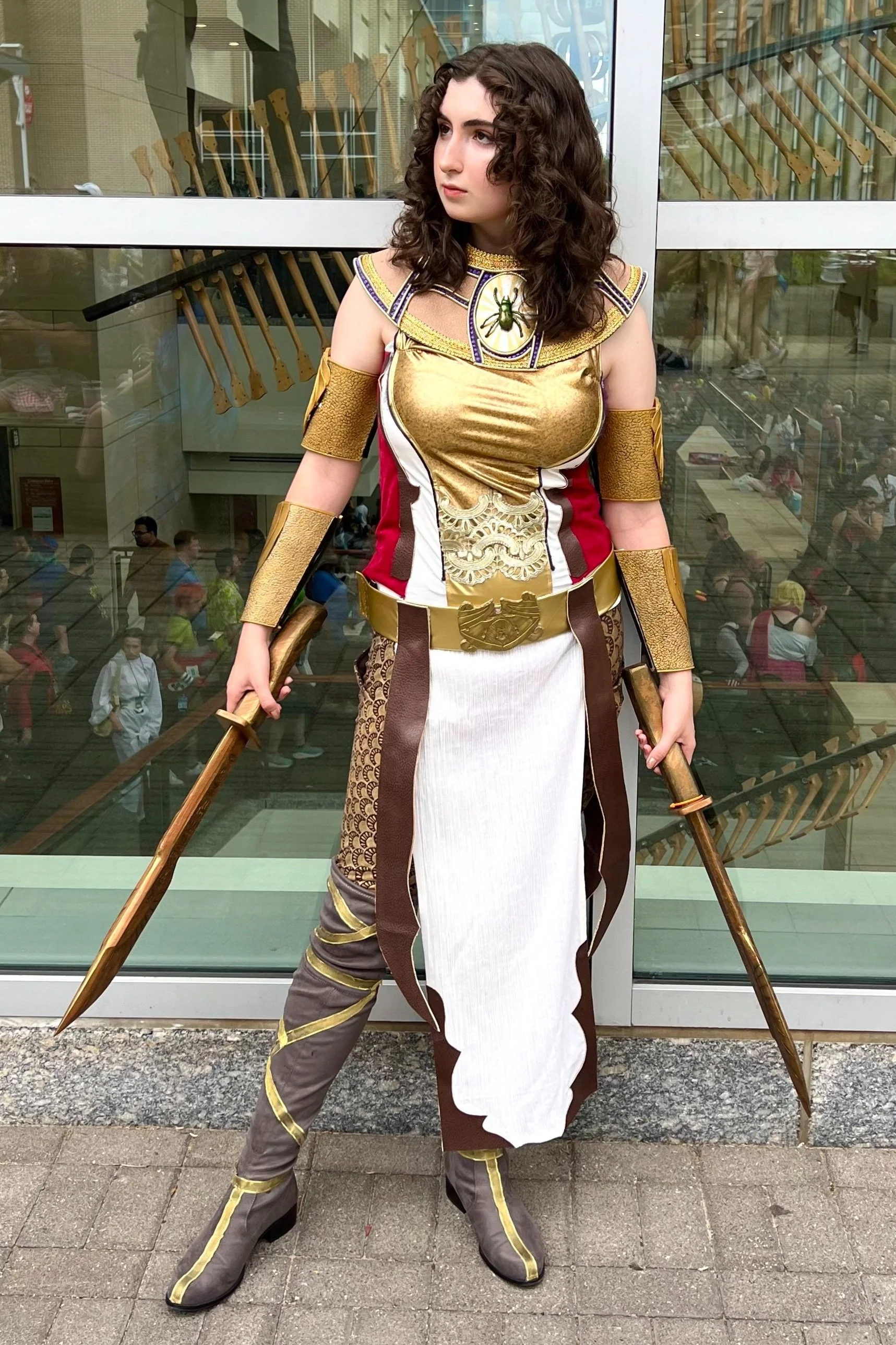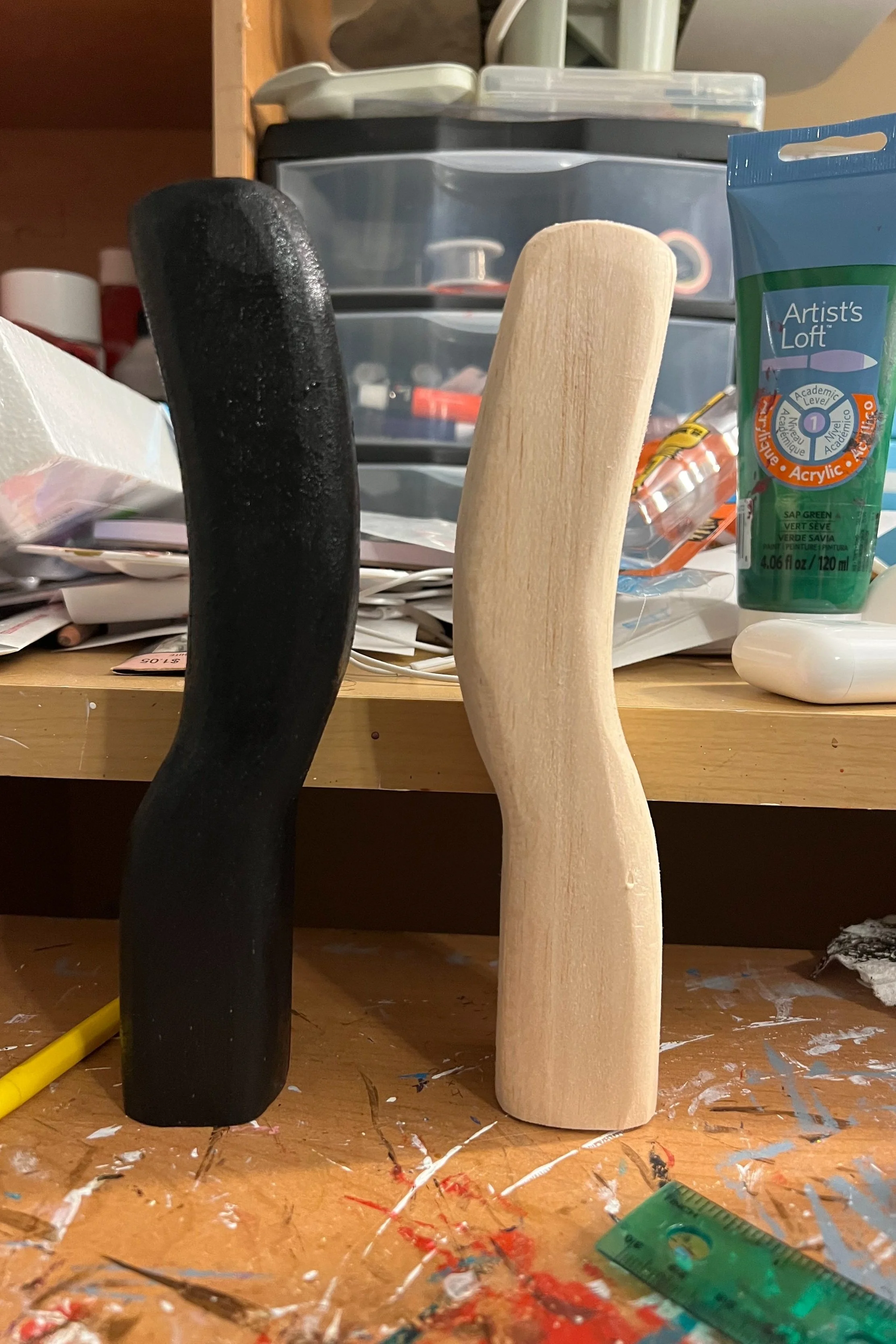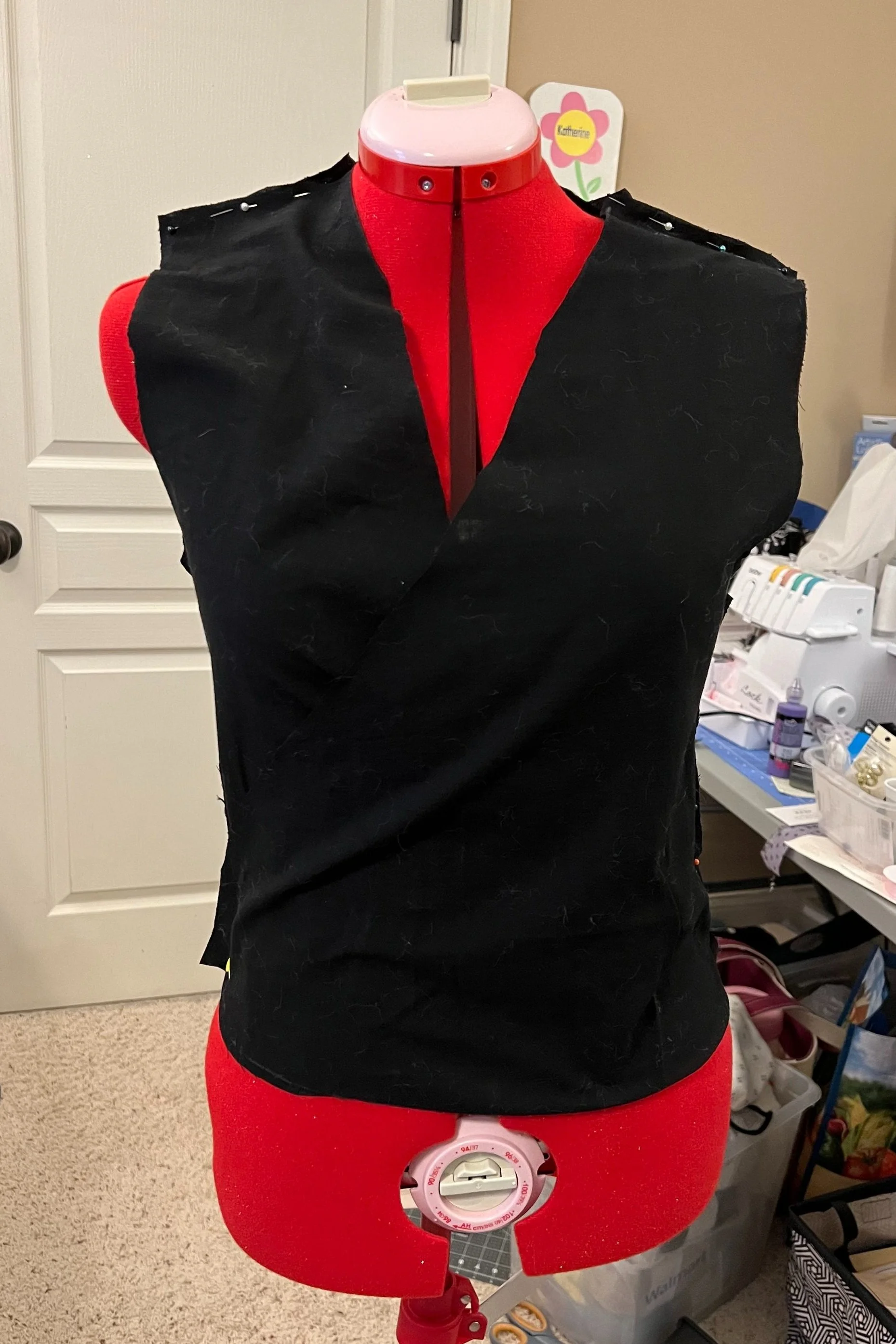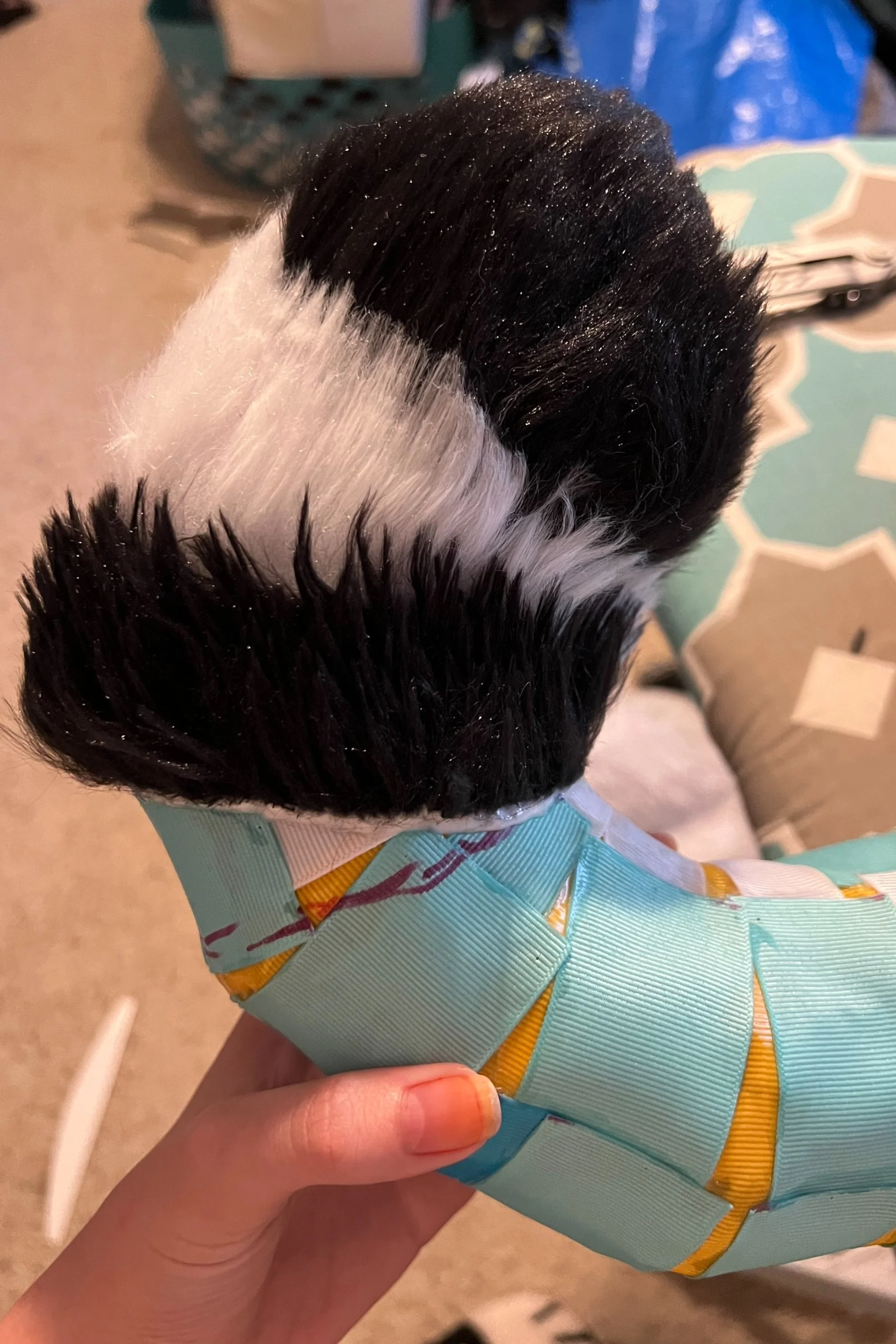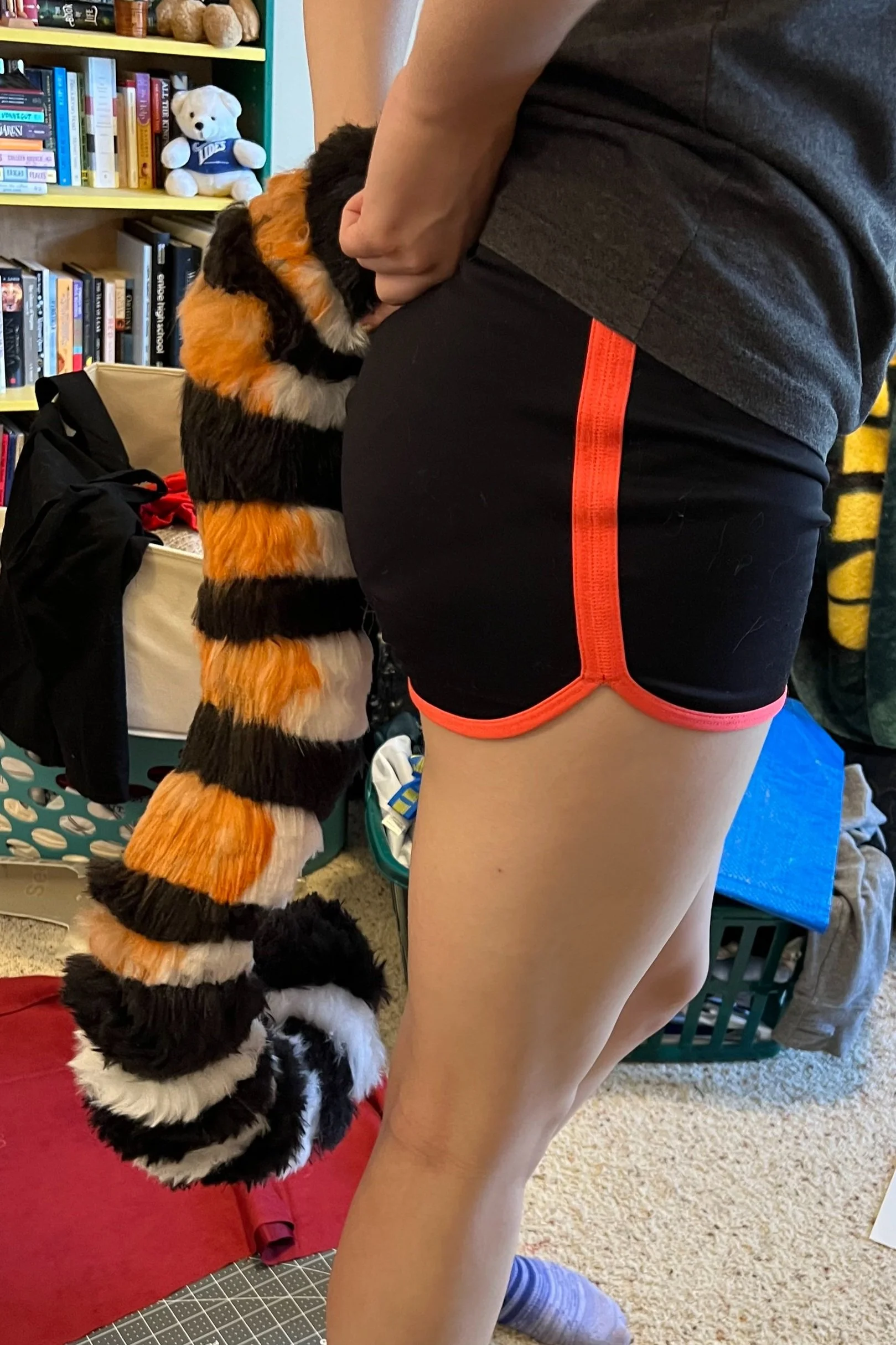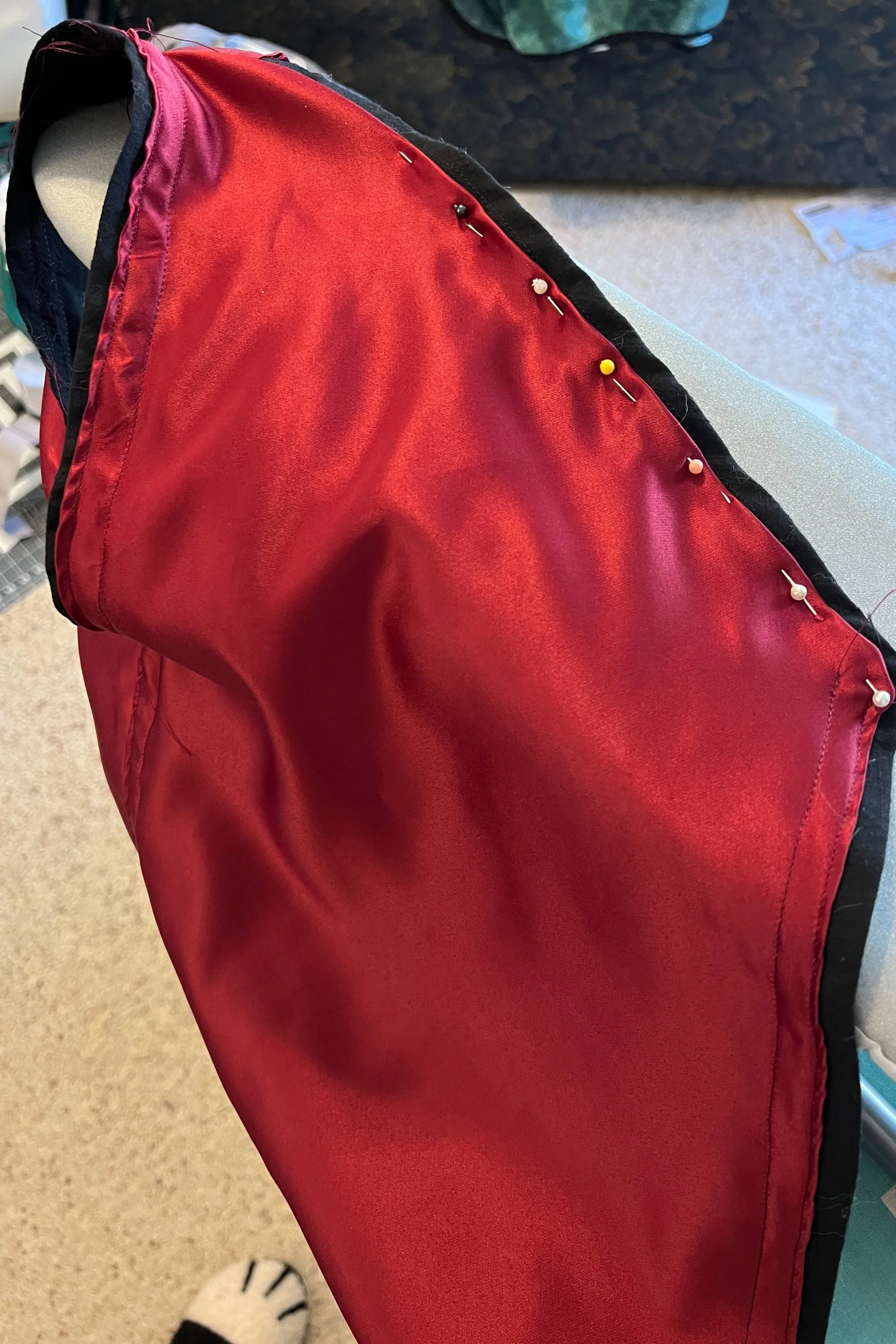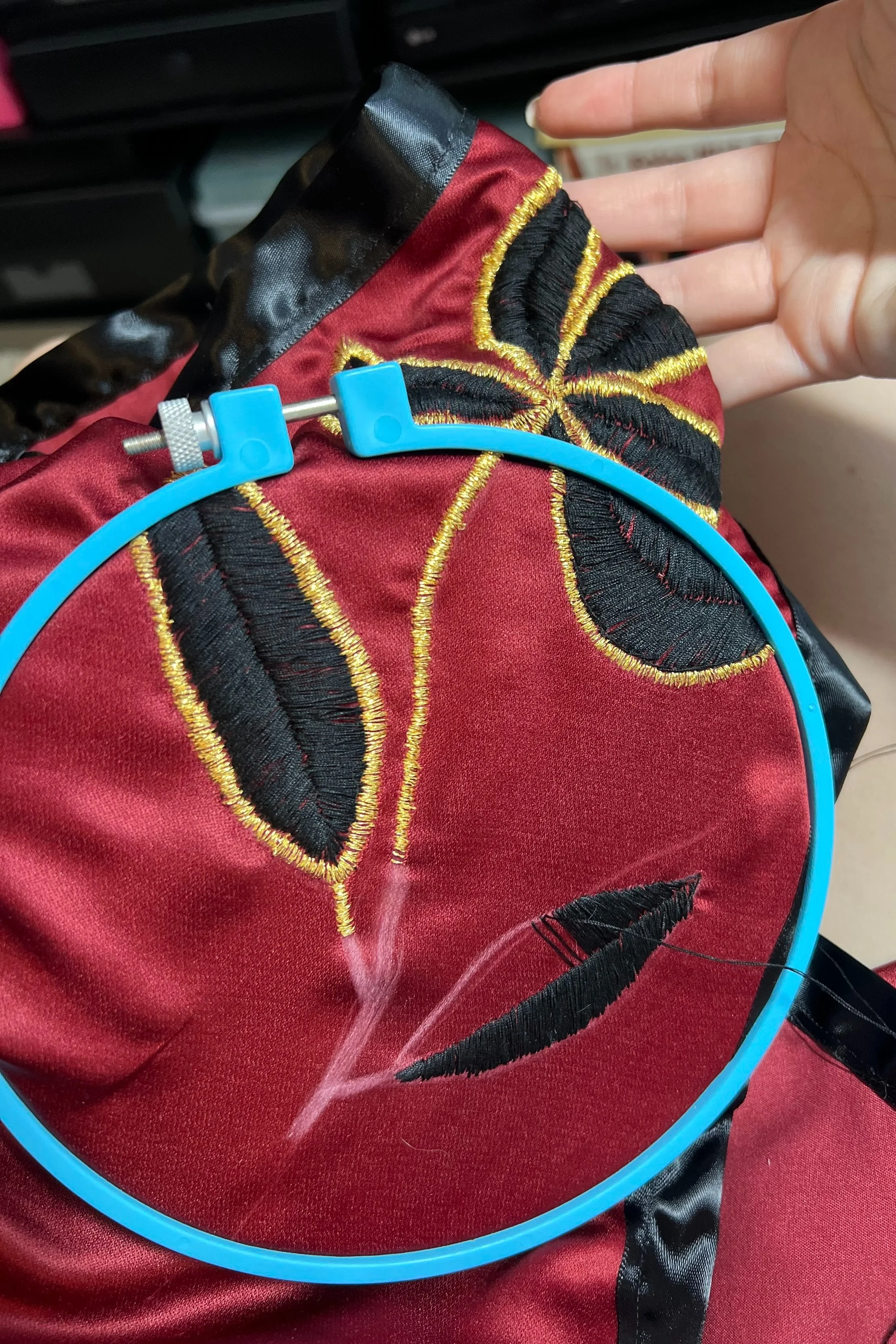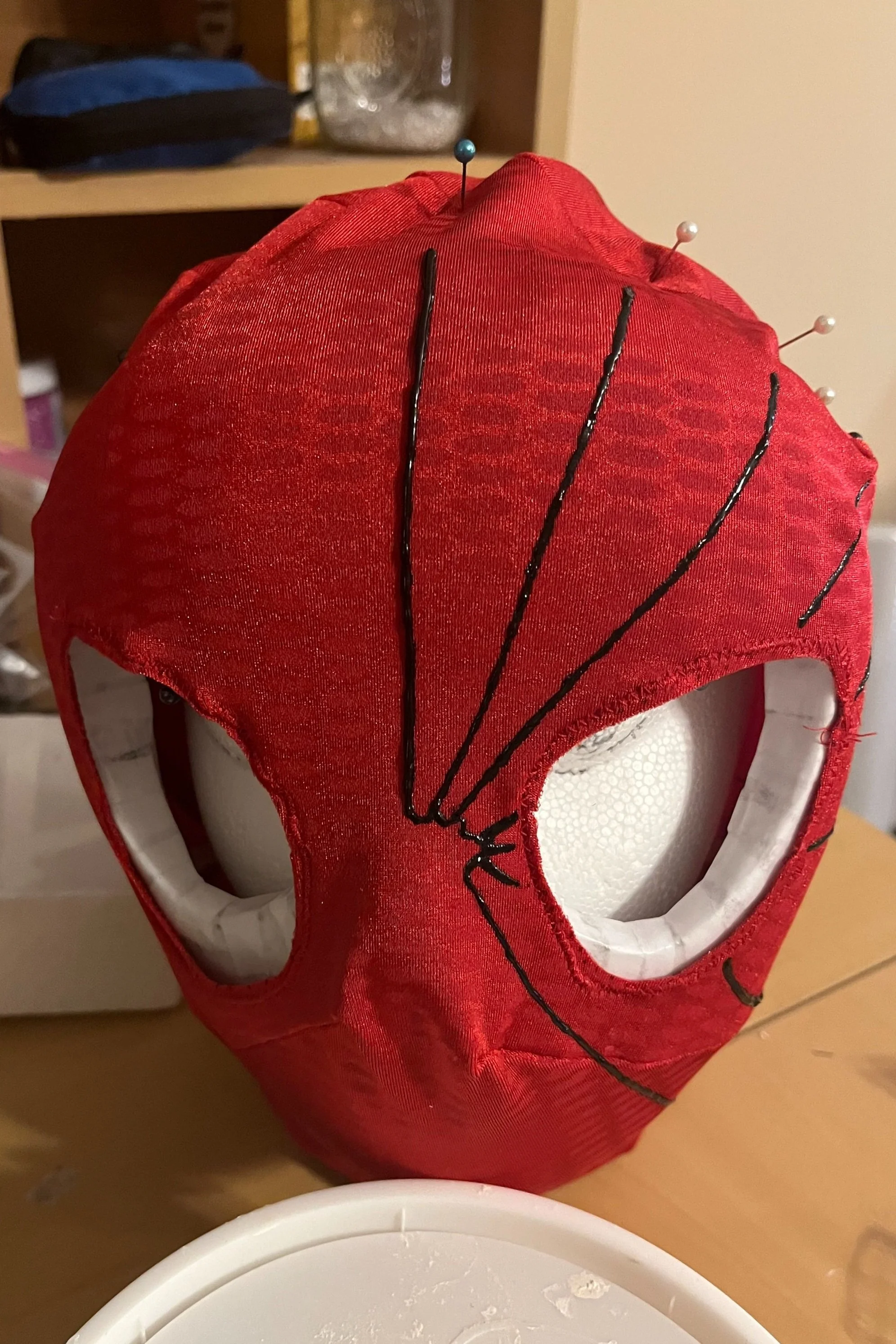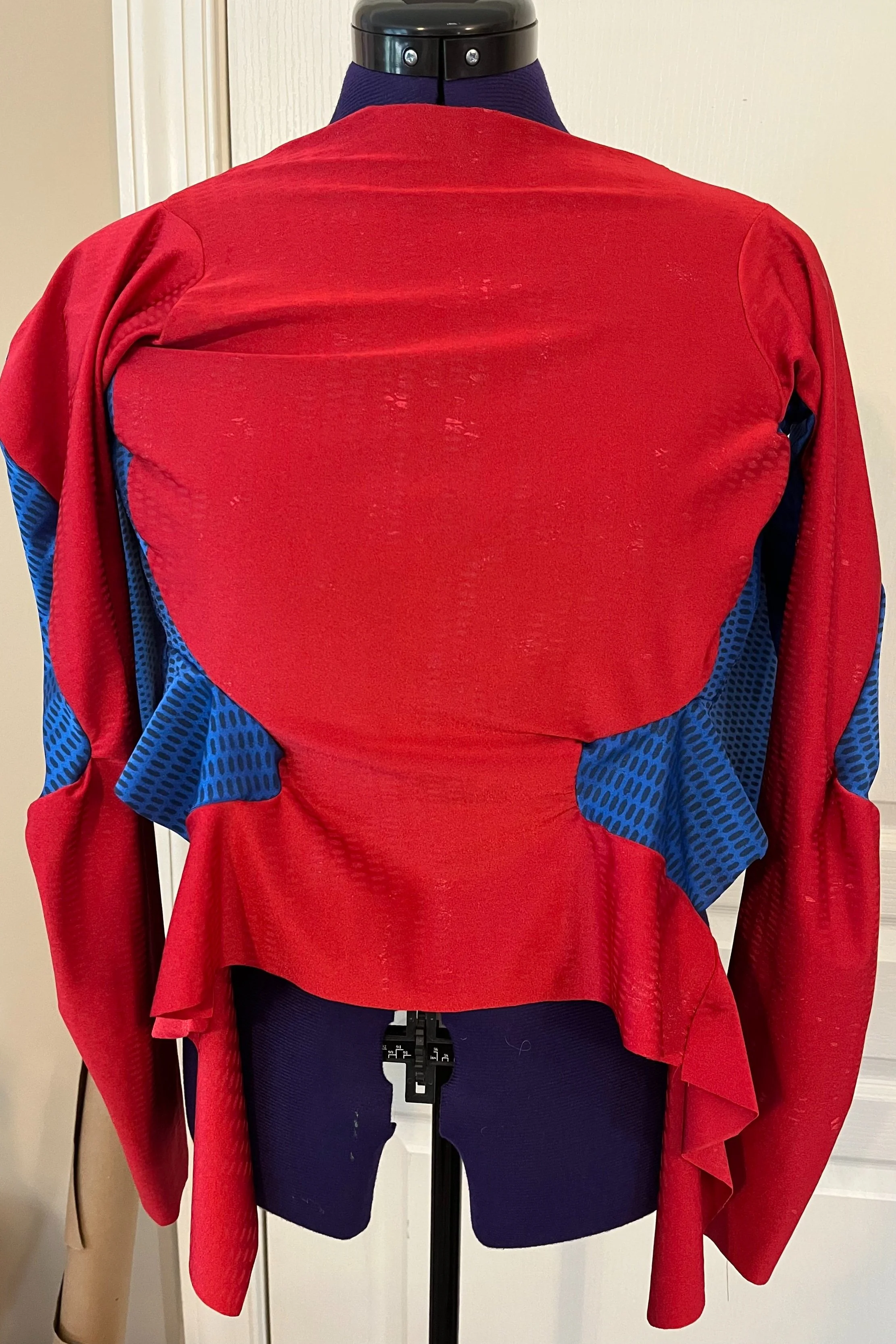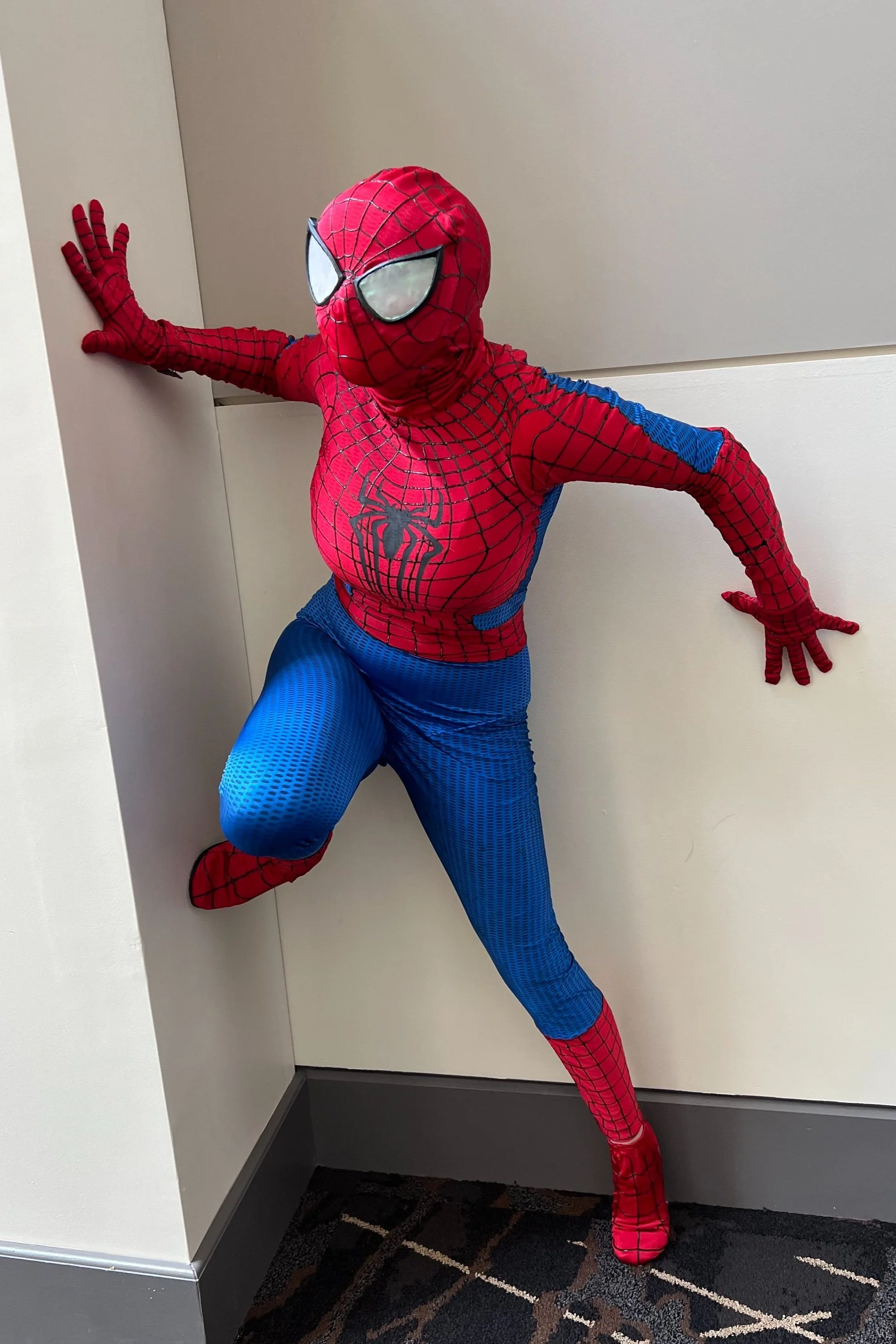Cosplay, Costumes, & Props
In addition to her passion for Special Effects Makeup, Hayley has spent years working on creating her own unique costumes and props, mostly through hobby cosplaying for local conventions.
Hayley uses a variety of materials in creating her props and accessories, including recycled materials, 3D printed designs, and sculpted elements to add that extra layer of complexity and creativity to her costumes.
She has dozens of looks under her belt; from animated characters to villains, superheroes to video game characters, just like her SFX makeup she strives to bring fantasy into reality.
Cosplay Process: Layla El-Faouly (Moon Knight TV Series)
The entire costume was handmade; the wesekh was made from fabrics, beads, and a toy beetle that was repainted, all held together with velcro. The body of the costume was made of fabric, faux leather, and painted fabric. The armor was made of EVA foam, painted gold, and held together with velcro and clasps. The belt was made of EVA foam, fabric, and gold paint. Elements like the boots were found and added on to.
In total, the project took about 2 months to complete.
The sword props were made entirely of balsa wood, which was shaped and sanded to fit the dimensions of the reference prop. Hieroglyphics were burned into the wood with a soldering iron, then gold and black paint was applied to all parts. It was secured together with wood glue
Cosplay Process: Tigress (Kung Fu Panda Films)
The belt was made of various fabric sewn together. The gloves used purchased fingerless gloves with painted EVA foam to act as paw pads. The pants were sewn using a purchased pattern, and the ankle wraps were made in a similar way to the belt. The cat ear headband was purchased, as well as the sandals.
The makeup was inspired by the character’s markings, and fake fangs were used to mimic a tiger’s teeth. Fake nails were used to mimic tiger claws.
The tail costume piece had a base of EVA foam circles and boning, secured together by hot glue and super glue. Fabric covers the body of it, then faux fur is added in alternating white and black strips. The white fabric was dyed orange and trimmed to make the stripes clearer. The tail was secured by a belt that attached to the vest.
For the costume part, a pattern was used to create a vest made of black and red fabric. The patterns were hand-sewn on with gold and black thread.
Cosplay Process: Spider-Man (The Amazing Spider-Man Films)
The body of the body suit was made from a pattern I created, using red and blue spandex. The fabric was plain, and a template was used to stamp the pattern onto the fabric with paint. The web lines were added using 3D paint. A zipper was installed in the back of the suit. The spider emblems were painted with fabric paint. The suit is all one piece apart from the gloves and shoes. The shoes were made from old jazz shoes with a new tread applied to the outside.
This project was my most technically challenging, and took about 4 months of trial and error to get the main body of the suit right.
For the mask, the eye frames were 3D printed, and painted. They attach to the mask using small magnets embedded in both the mask and frames. The mask is made from paper and EVA foam, secured around the head by an elastic band.



